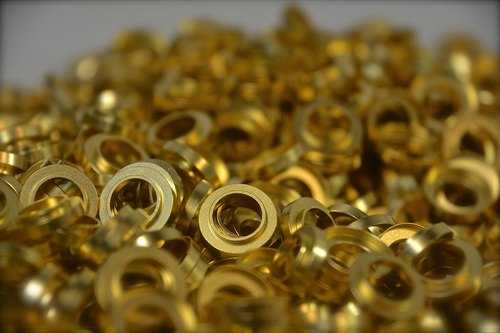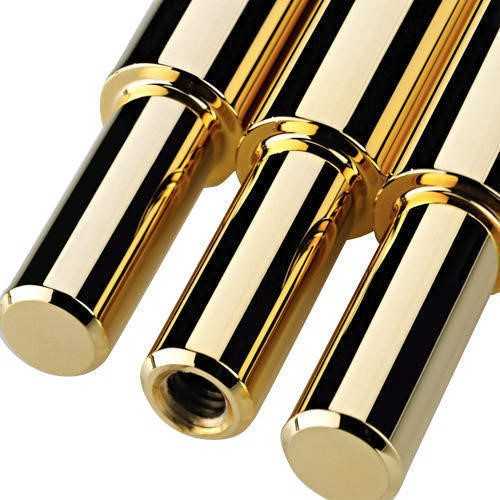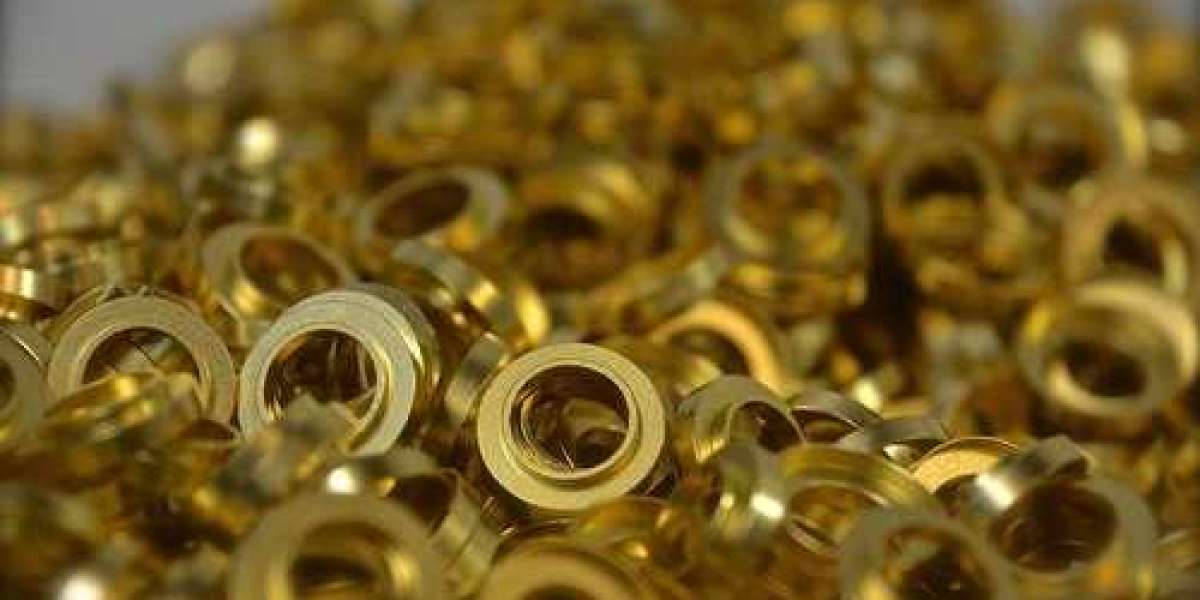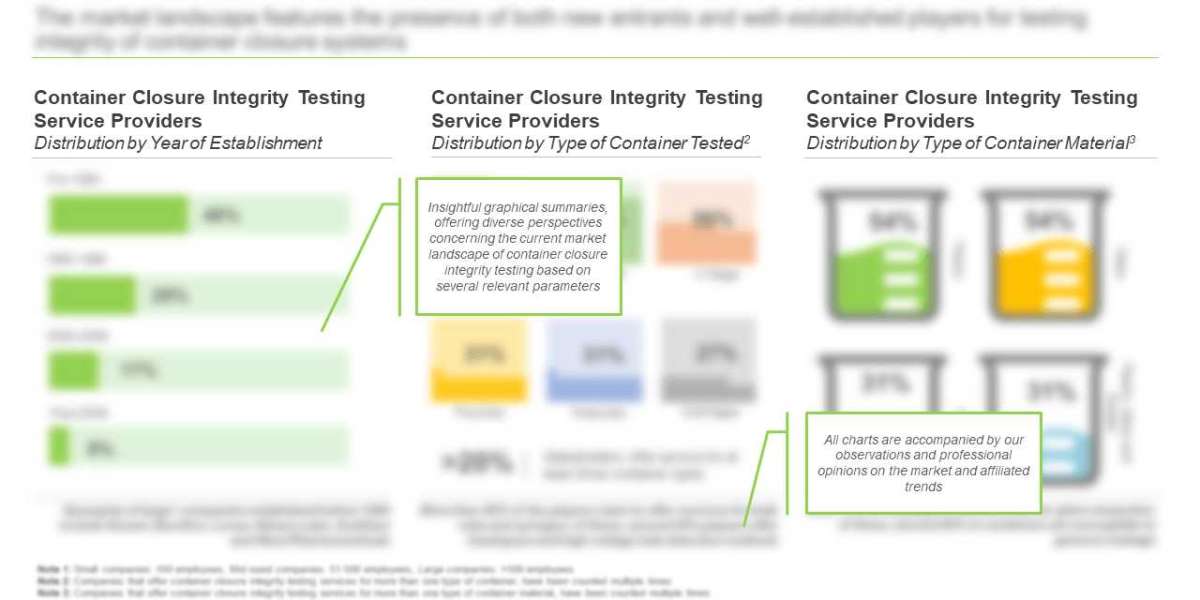Metal plating is a plating method in which metals are deposited on the surfaces of the substrates. A thin layer of metal is formed over the substrates in this process, which coats and protects the metals and other materials it is used with.
Metal plating can be accomplished through the use of either an electroplating or an electroless plating technique. Metal Plating has the following advantages over other types of materials:
Corrosion is less likely to occur.

It adds a decorative touch to a room.
improves the solderability of the joint
Strengthens the body while decreasing friction
Changes the conductivity of the water
Improves the adhesion of paint
Increases the effectiveness of magnetism
Chromium plating is a type of plating that is used to protect metals from corrosion.
plating with gold
plating with silver
Nickel plating is a type of plating that is used to protect metals from corrosion.
Copper plating is a type of finish.
Metal plating is explained in detail by Corrosionpedia.
If you use a plating method that prevents corrosion or improves the appearance of the plated material (for example, gold plating), you are coating a base metal with a thin layer of gold or nickel, copper, chromium, or another metal in order to protect it from corrosion or improve its appearance while also protecting the base metal from corrosion. A metallic finish can be achieved by plating a variety of metallic materials, such as gold, silver, and platinum, with a thin layer of another metallic material. Industrial plating metals such as zinc, chrome, and nickel (to name a few) are among the most commonly used in the industry, with zinc being the most common of these. Metal Plating is accomplished through the application of the procedures outlined in the following sections:Cleaning and Surface Preparation of Metal: Oxide removal and oxidation
Polishing with an electromagnet
Cleaning with alkaline solutions
Metal Plating (see below for more information on this):
Electroless plating (also known as autocatalytic plating)
Electroplating is a process in which metals are coated with an electrolyte solution.
Immersion plating is a type of plating that is applied to a surface.
Finishing and protection are important considerations. Treatments include:
phosphorizing
Color conversion and anodizing are two processes that are used.
The following are examples of common Metal Plating:
Chromium plating is primarily used for decorative purposes, but it can also be used to protect against corrosion and friction as well. Chromium plating is commonly used on iron and steel. The procedure is carried out in a chromic acid bath.
Gold plating is a technique that is commonly used in the jewelry and electronics industries.
Silver plating is a process that is widely used in the decorative and electrical industries. It has some limitations, including being susceptible to humidity and galvanic corrosion.
Nickel plating is a process that can be used on a variety of metals to improve their appearance, corrosion resistance, and friction reduction. Nickel is typically bonded to copper and aluminum in its natural state.
Copper plating is a type of plating that is commonly used on electronic components. It is typically used on low-cost metals such as aluminum.
Metal plating such as rhodium plating, cadmium plating, and tin plating are other types of metal plating that are used for both decorative and corrosion-resistant purposes.








